
Taken from a plane at the moment of a lightning flash, it illustrates both the ferocity of a turbulent atmosphere and the beauty of Mother Nature. A strong, roiling updraft; a smooth, flat anvil; and the overshooting top — all features of intense developing thunderstorms.
The photo was taken over the Pacific Ocean from the cockpit of an airplane. The photographer and pilot, Santiago Borja, says he was circling around it at 37,000 feet altitude en route to South America when he captured this spectacular view.
Borja said it was difficult to get the shot in near-darkness and during a bumpy ride. "Storms are tricky because the lightning is so fast, there is no tripod and there is a lot of reflection from inside lights," Borja told The Washington Post in an email.
"I like this photo so much because you can feel the amazing size of the storm and its power," Borja said. "But at the same time it's wonderful how peacefully you can fly around it in still air without touching it."
The photo was taken with his Nikon D750 camera south of Panama on a Boeing 767-300.
"I primarily enjoy nature, landscape and cityscape photography," Borja said. "Since I carry my camera everywhere, I started trying to capture storms and in-flight experiences some time ago combining my two greatest passions: flying and photography."
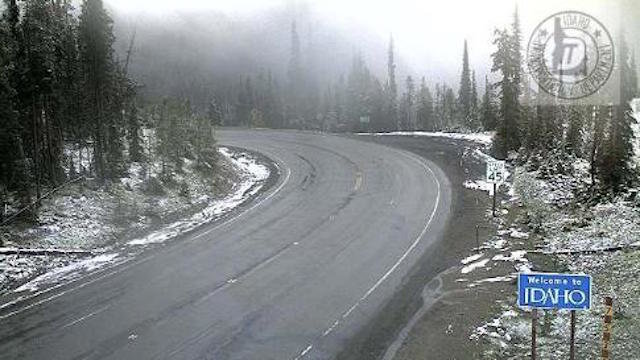
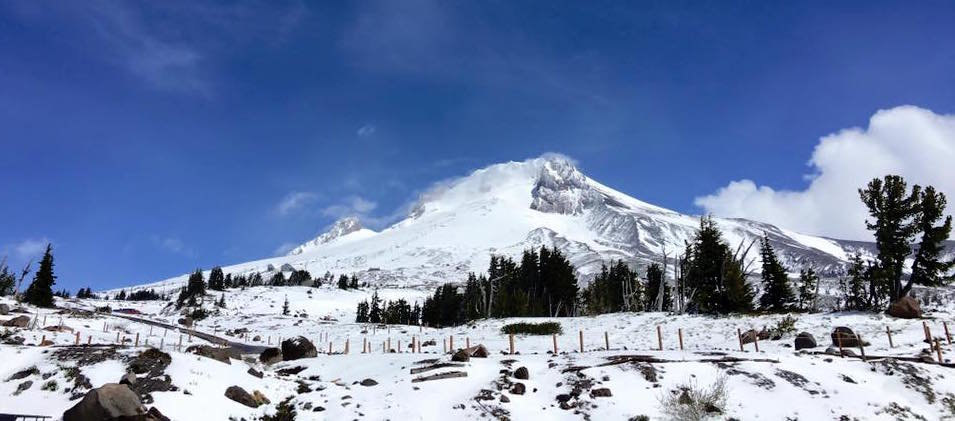
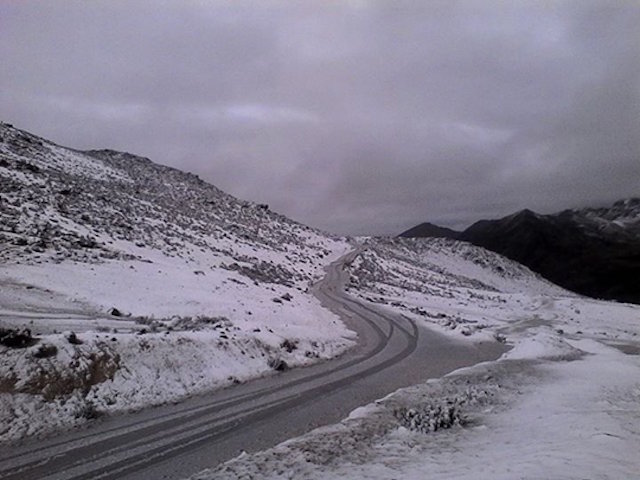
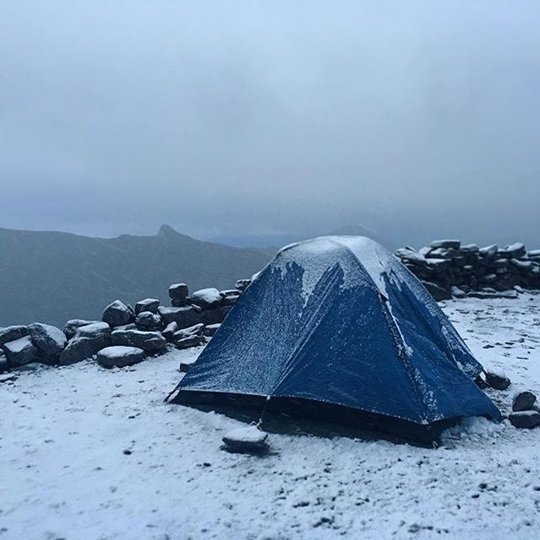

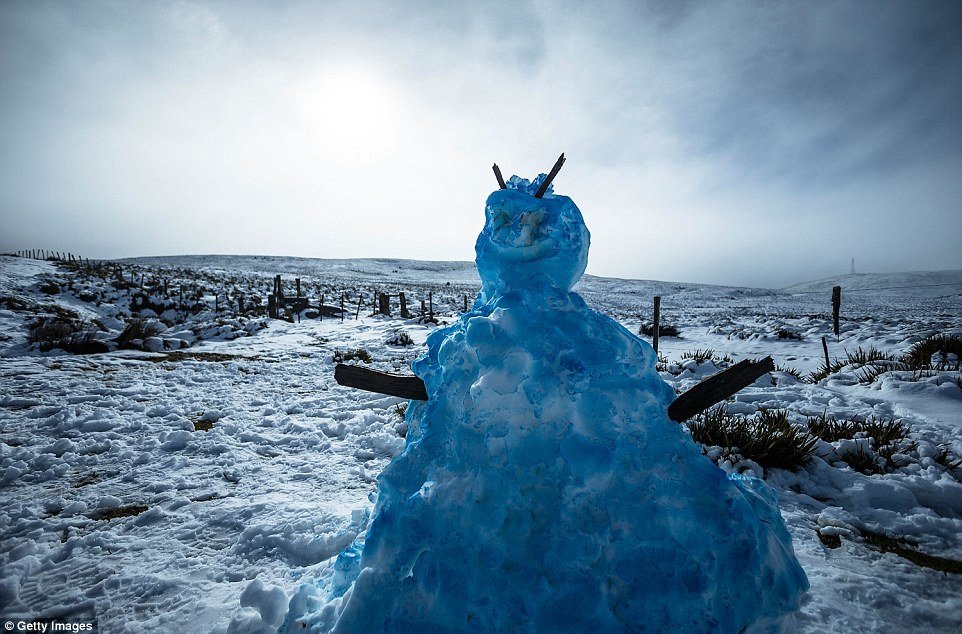
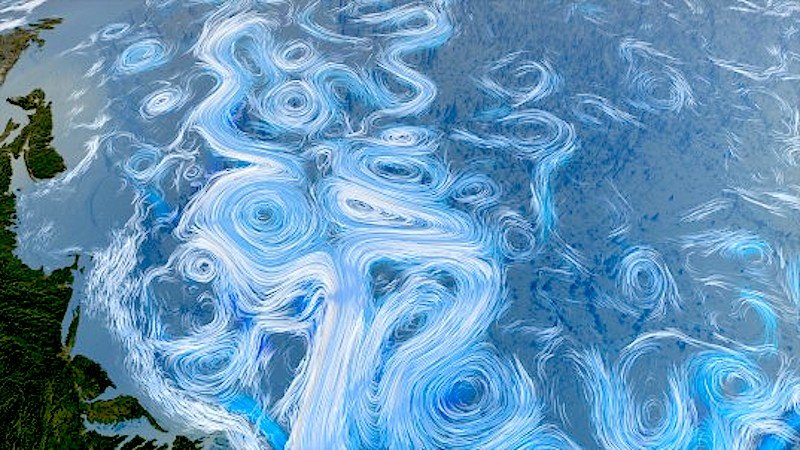
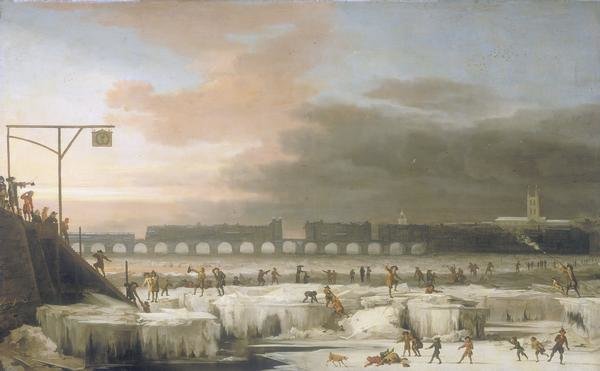
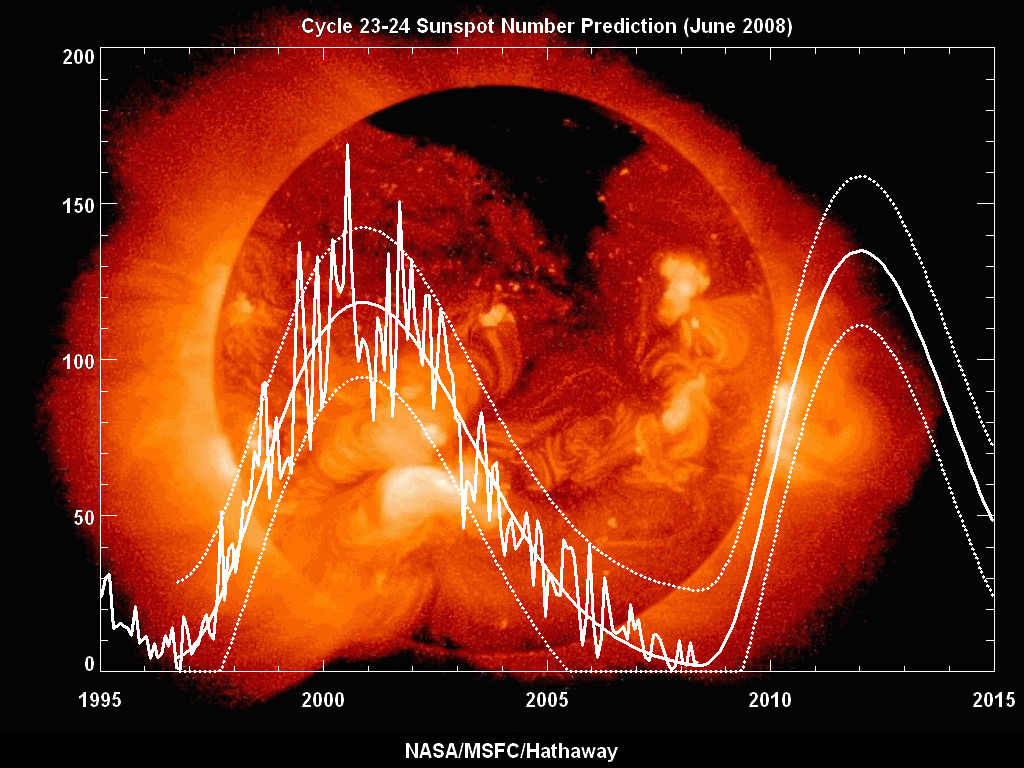
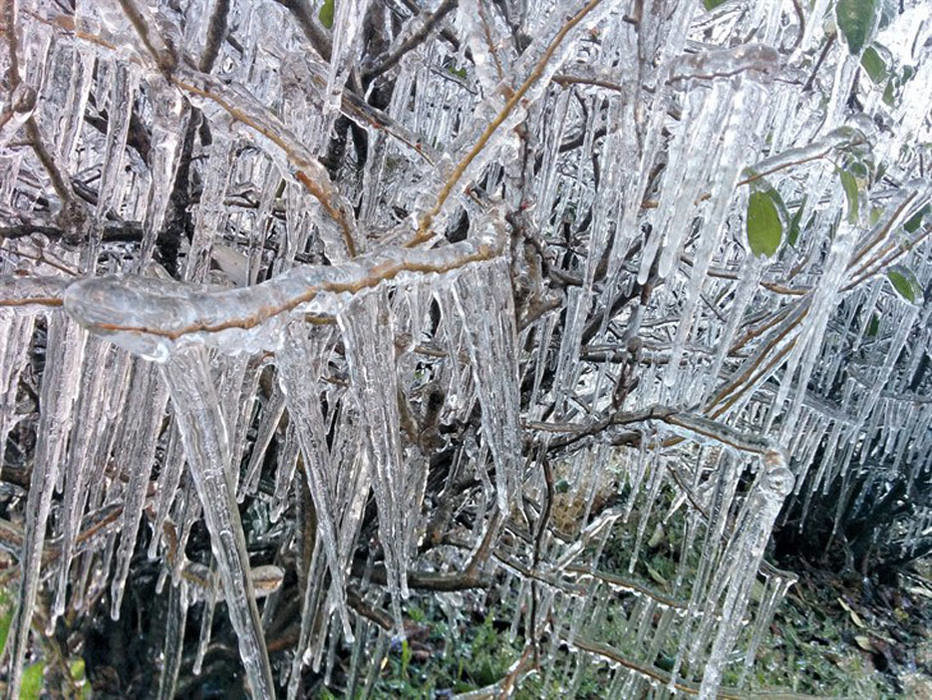



Comment: 'It is July, right?': Snow forecast in the northwest U.S. this weekend